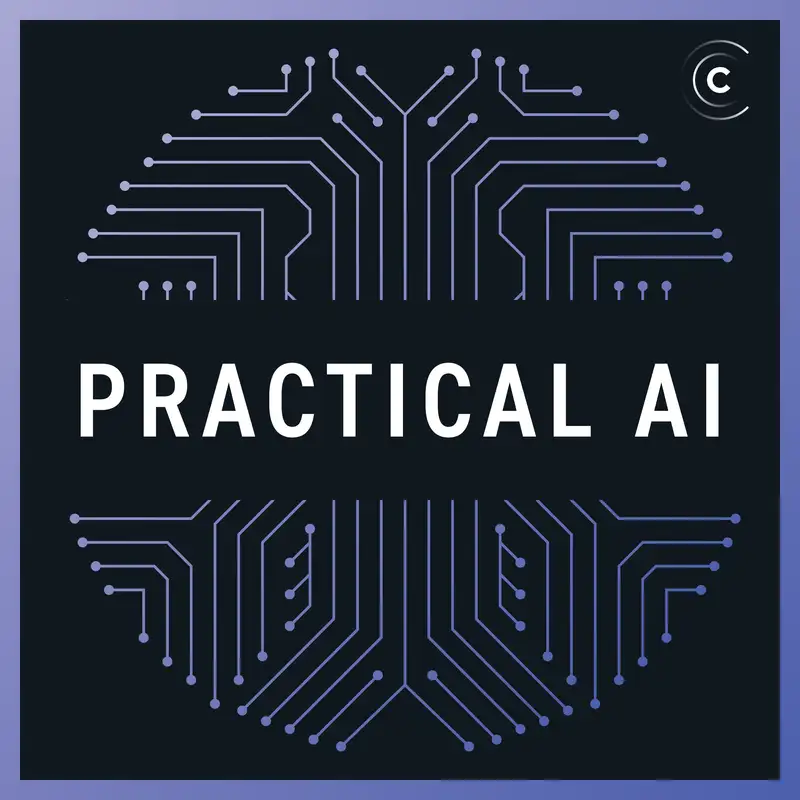RAG continues to rise
Daniel & Chris delight in conversation with “the funniest guy in AI”, Demetrios Brinkmann. Together they explore the results of the MLOps Community’s latest survey. They also preview the upcoming AI Quality Conference.
Changelog++ members save 4 minutes on this episode because they made the ads disappear. Join today!
Sponsors:
- The Hacker Mindset – “The Hacker Mindset” written by Garrett Gee, a seasoned white hat hacker with over 20 years of experience, is available for pre-order now. This book reveals the secrets of white hat hacking and how you can apply them to overcome obstacles and achieve your goals. In a world where hacking often gets a bad rap, this book shows you the white hat side – the side focused on innovation, problem-solving, and ethical principles.
- Changelog News – A podcast+newsletter combo that’s brief, entertaining & always on-point. Subscribe today.
- Fly.io – The home of Changelog.com — Deploy your apps and databases close to your users. In minutes you can run your Ruby, Go, Node, Deno, Python, or Elixir app (and databases!) all over the world. No ops required. Learn more at fly.io/changelog and check out the speedrun in their docs.
Featuring:
- Demetrios Brinkmann – X
- Chris Benson – Website, GitHub, LinkedIn, X
- Daniel Whitenack – Website, GitHub, X
Show Notes:
- MLOps Community
- AI Quality Conference
- Evaluation Survey
- RAG failover talk from Jerry Lui
- Prompt Templates the Song
Something missing or broken? PRs welcome!
★ Support this podcast ★
Creators and Guests



